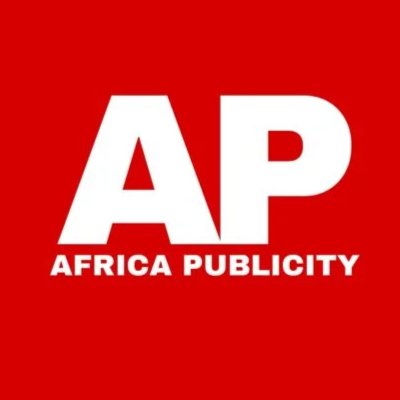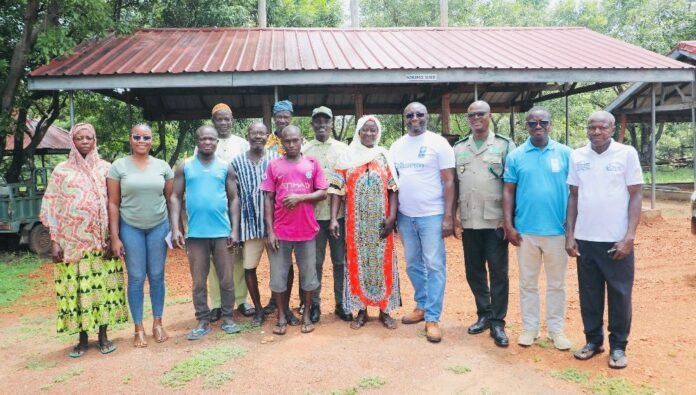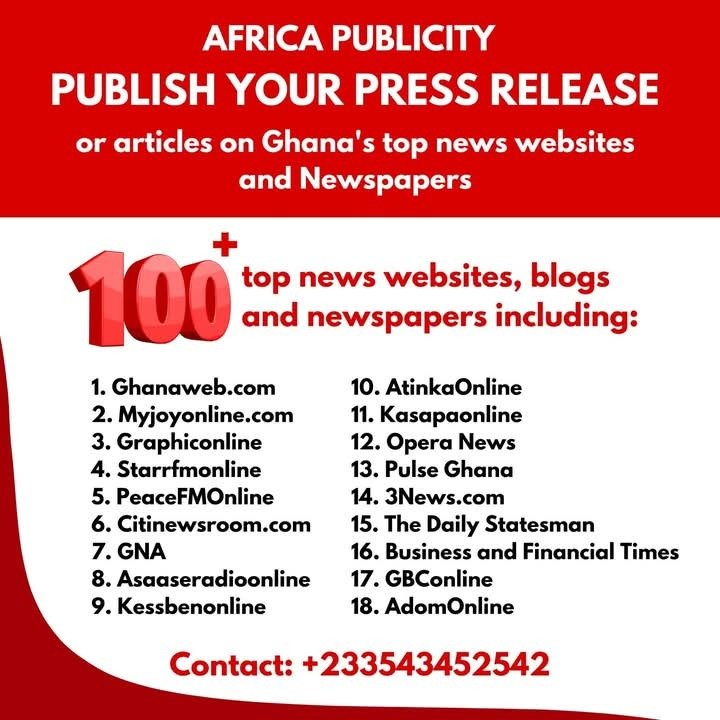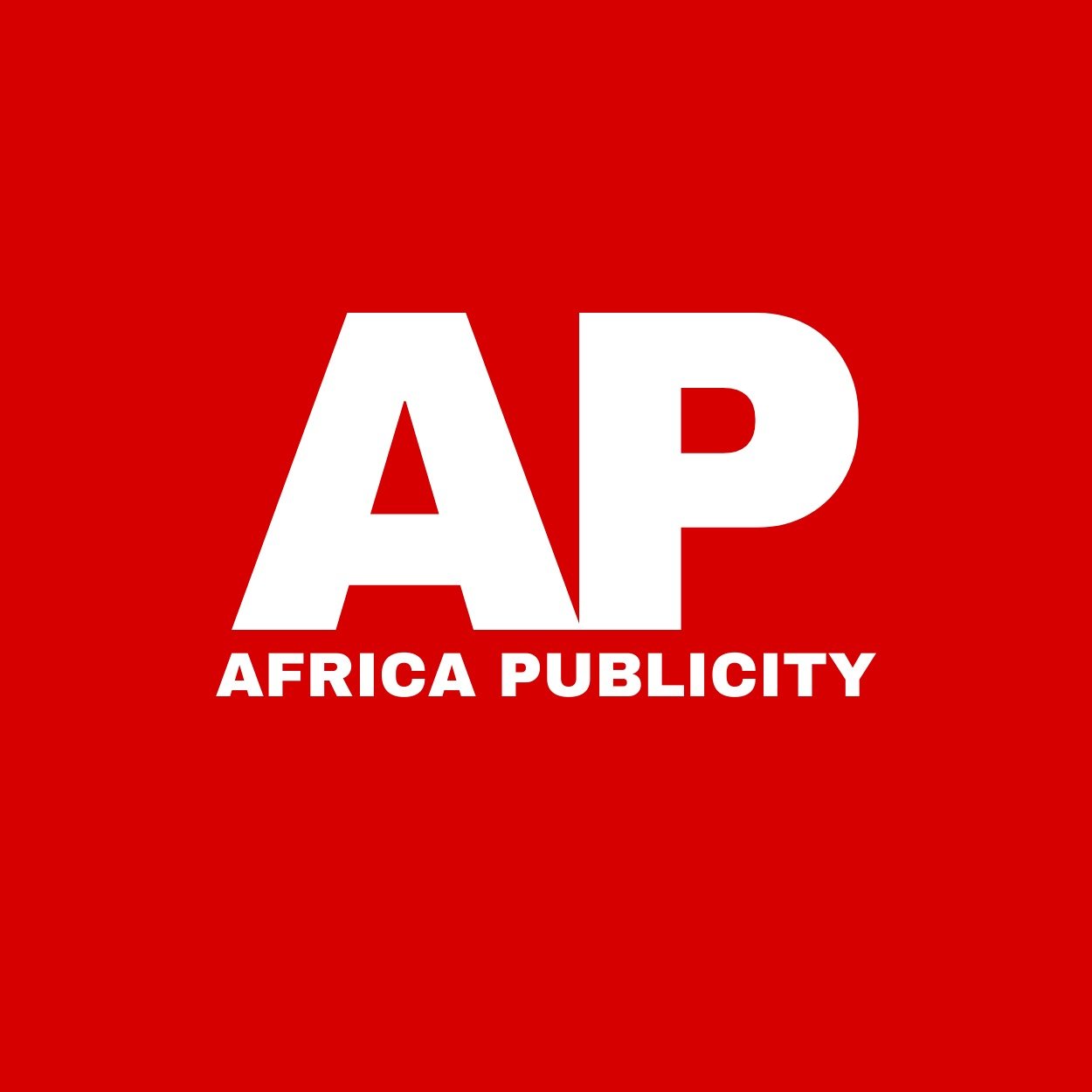In Ghana’s Savannah Region, the Ghana Shea Landscape Emission Reductions Project (GSLERP), funded by the Green Climate Fund, is making meaningful progress in environmental restoration and community development. During a recent monitoring and results verification visit, the United Nations Development Programme (UNDP) in Ghana team engaged with the Murugu Mognori Community Resource Management Area (CREMA) to assess the project’s impact and strengthen collaboration.
The visit focused on understanding how the community has benefited from the project, evaluating their partnership with the Forestry Commission’s Wildlife Division, and listening to their concerns and expectations. This engagement is part of the GSLER project’s commitment to ensuring that its interventions deliver real, lasting value to the people they are designed to support.
Ayirebi Frimpong, Forest Specialist with the Environment and Climate Cluster at UNDP Ghana, emphasized the importance of these community interactions, stating:
“While we receive funding from the Green Climate Fund, it’s vital for us to hear directly from the communities to understand how the project is truly affecting their lives. These engagements help us ensure that the benefits are real, measurable, and reaching those who need them most. And since this project involves collaboration with the Wildlife Division, we also want to assess how meaningful and effective that partnership has been for the people on the ground.”
Murugu Mognori CREMA, one of the oldest in the region, has become a model for sustainable land use and community-led conservation. It is also one of ten CREMAs being supported under the GSLER project in 2025 to strengthen community-led governance of natural resources and to develop models that enhance the livelihoods of community members. This strategic support is helping to build resilient communities and promote sustainable landscape management across the Savannah Region.
Manuba Seidu, a community member, shared, “The training we’ve received has truly empowered us. It’s knowledge we now own—no one can take it away. We’ve learned how to manage bushfires and educate our people, and the gender workshop helped us understand the role everyone plays in fire prevention. Through management plans, livelihood assessments, and training in woodlot establishment and land use mapping, we now have the tools to protect our environment and improve our lives.”
Ibrahim Memuna, another community member, highlighted the positive impact of the woodlot initiative and shea butter production. “The woodlot has been very beneficial. It’s helping our households, and the shea butter we produce brings in income. People from surrounding communities often ask why Murugu Mognori is developing so well. That’s why we’re asking for the project to be extended to other areas too.”
Looking ahead, the community expressed hopes for additional support to sustain their progress beyond the project’s lifespan. Kontali Jacob Ziem, a participant, noted:“We would really benefit from a dam for dry-season farming. That would help us survive after the GSLER project ends. As small-scale farmers, we also need support with livestock and other livelihood activities.”
The engagement with Murugu Mognori CREMA reflects the GSLER project’s holistic approach, combining environmental restoration with community empowerment. By listening to local voices and addressing their needs, the project is not only restoring landscapes but also building resilience and hope for the future.








